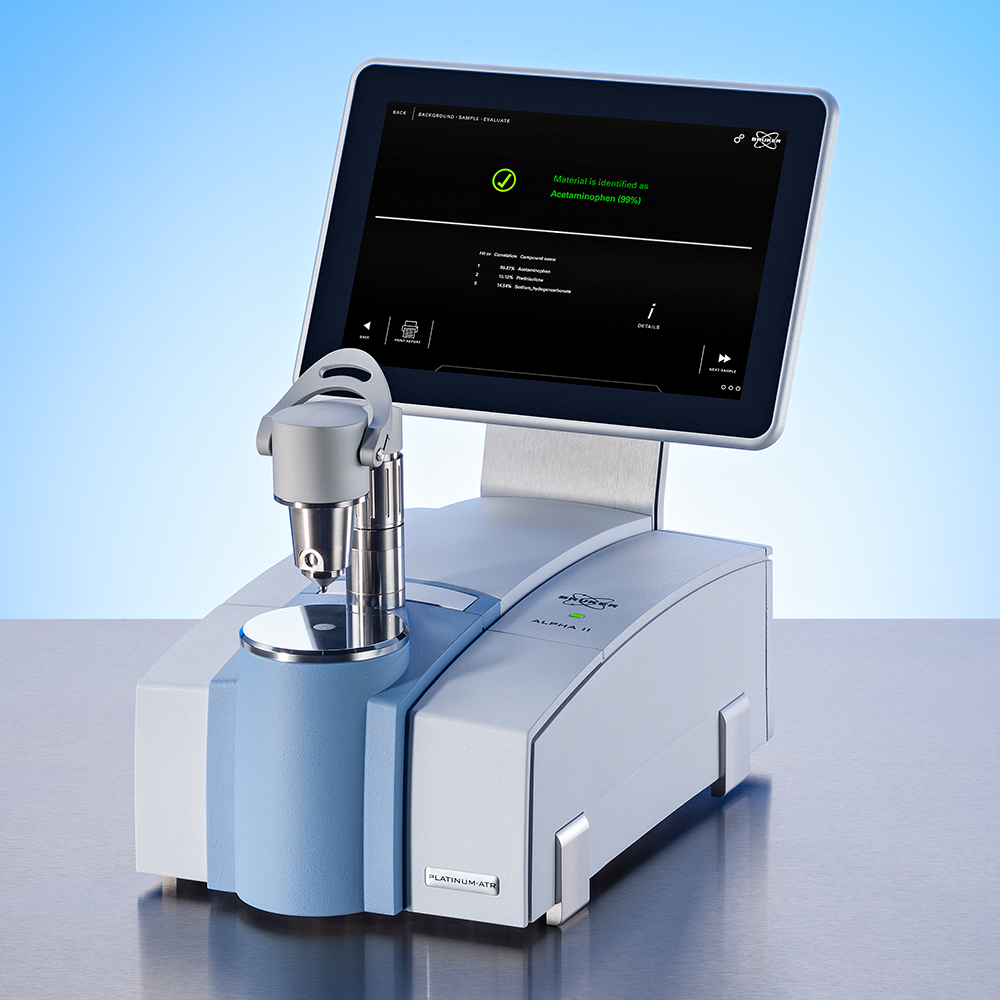Obsidian and Stone Sourcing - Keys to Prehistoric Trade Networks
Stone tools and objects are a sustaining record of ancient societies. The morphologies and use-wear of stone tools provide insight into methods of manufacture, intended function, and actual use by pre-historic communities. The compositions of stone tools – at a basic level the rock type, and at deeper levels the abundances of certain trace elements – are keys to linking objects to the locations of source raw materials, and from there establish otherwise forgotten details about exchange networks that existed throughout history.
Obsidian sourcing is a well established method employed by archaeologists and anthropologists that has allowed trade distribution networks to be studied in the Mediterranean, the Americas, the Southwest Pacific, and in many other places. Being a volcanic glass, the physical properties of obsidian made it ideal for the manufacture of sharp edges, to be used as knives, scrapers, and spear or arrow points, while remaining resistant to breakage. But the rare property of obsidian that is advantageous to archaeologists is that it occurs in volcanic flows that are remarkably homogeneous in chemical composition within a flow, but preserve elemental signatures that are unique to volcanic centers, and in some cases individual flows. This provides the potential to trace worked obsidian right back to its place of origin.
Lying at the intersection between scientific, historical and cultural importance, destructive compositional analysis and removal of artifacts from archaeological sites is rarely an option. Analytical solutions for such work need to be portable and easy to use.
The TRACER 5 handheld-XRF by Bruker Nano Analytics provides a tool tailored for non-destructive analysis in almost any environment – on-site, in a collections space, or in the lab. The TRACER 5 allows quantification of the primary trace elements of importance for obsidian sourcing, such as rubidium (Rb), strontium (Sr), zirconium (Zr), yttrium (Y), and niobium (Nb). Fe (iron), copper (Cu), zinc (Zn), as well as any additional minor and major elements that may help assign artifacts to probable sources of raw materials.
Quantification of a trace element suite focused specifically on obsidian sourcing is provided by a matrix-matched calibration developed in collaboration with the Missouri University Research Reactor (MURR) Archaeometry Laboratory, that allows rapid determination of trace element compositions without the need for post-processing.
A growing focus of research is targeting the origins of tools and objects made from other rock types, including but not restricted to non-glassy volcanic rocks, chert, sandstone, soapstones, and jadeites. Constituting objects of equal cultural and scientific importance, non-destructive compositional analysis is needed to characterize these objects and develop robust data sets to link to potential source areas. The TRACER 5 handheld-XRF allows a fully portable approach to analysis and quantification of data. For more detailed analysis, Bruker's M4 TORNADO micro-XRF allows micron-scale point analyses and mapping of unprepared surfaces.
To learn more about analytical solutions for stone tool and obsidian sourcing, contact us.
Recent Publications
Learn more here:
Penguilley, A., Brand, C., Flexner, J., Specht, J., Torrence, R.
Archaeology in Oceania, 54, 200-213, 2019
Learn more here:
Vicenzi, E., Lam, T.
Microscopy & Microanalysis, 25 (Suppl 2), 2482


